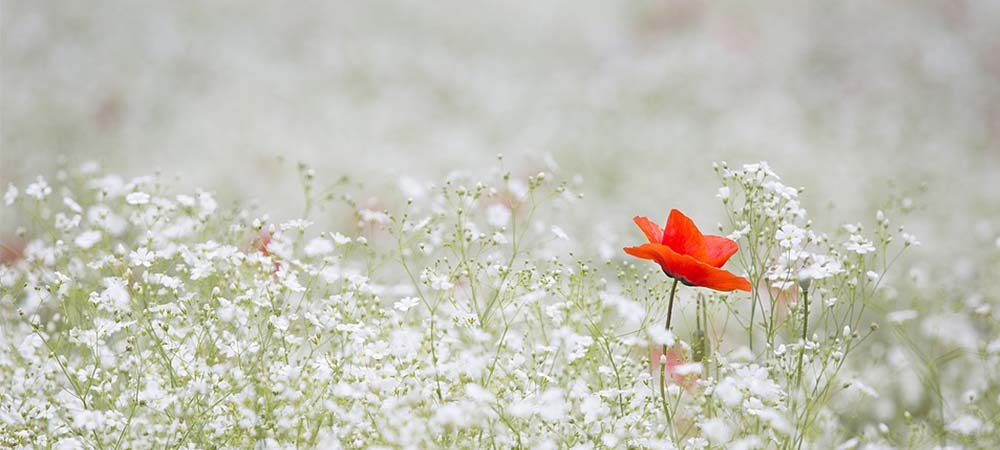How do you practice creativity? Writing, drawing, painting, embroidery, and even coloring can be powerful means to improved mental health. Creating art allows us to disconnect from stress, express inner thoughts, and even meditate. In recent years, scientists have studied the positive effects art therapy can have on our health and the results are promising.
The Science Behind Creativity
Practicing art requires focus and concentration. It’s easy to get lost in thought as we paint, sketch, or write. This “flow” or meditative state can improve our mental health. In fact, researchers from Johns Hopkins University found that meditation can help ease psychological stresses like anxiety, depression, and pain.
As you create art, allow yourself to experience your stressful thoughts and recognize them as just thoughts and not as something that defines you. Over time, as you continue to practice art and meditation, being creative can actually alter your brain for the better. Harvard researchers found meditation can change the brain’s grey matter –– a major part of the central nervous system that is associated with processing information –– as well as provide nutrients and energy to neurons. These changes can lead to improved mood, memory, and a reduction in stress.
Coping Creatively
Sometimes, it is easier to put thoughts on paper rather than saying them out loud.
Do you struggle with painful memories or traumatic events from your past? Or perhaps you suffer from reoccurring anxiety that is difficult to confront. Art therapy can be quite effective in these situations. Painting or drawing memories and anxieties can help start the process of talking about them. Through art, you are moving thoughts out of your mind and on to paper. The process can be cathartic and allows you to be proactive in your own therapy.
Setting aside time in the day for yourself is always beneficial. Consider scheduling time a few days a week when you can be intentionally creative. Make a sketch, try painting, or even write a simple poem. As you work, play some calming music or enjoy the silence. Time you spend focusing on art can help distract you from stress and provide an effective outlet for tension.
Explore your Creativity
Interested in giving art a try? Don’t be intimidated by the process.
Start simply with paint-by-numbers or an “adult” coloring book. Find a creative hobby you enjoy and set aside time for some positive reflection. Consider signing up for an art class through a community college or city program. Are you ready to reap the benefits of a clearer mind and improved mood?
Editor’s Note: This post was originally published in January 2016 and has been edited and updated for accuracy and comprehensiveness.

